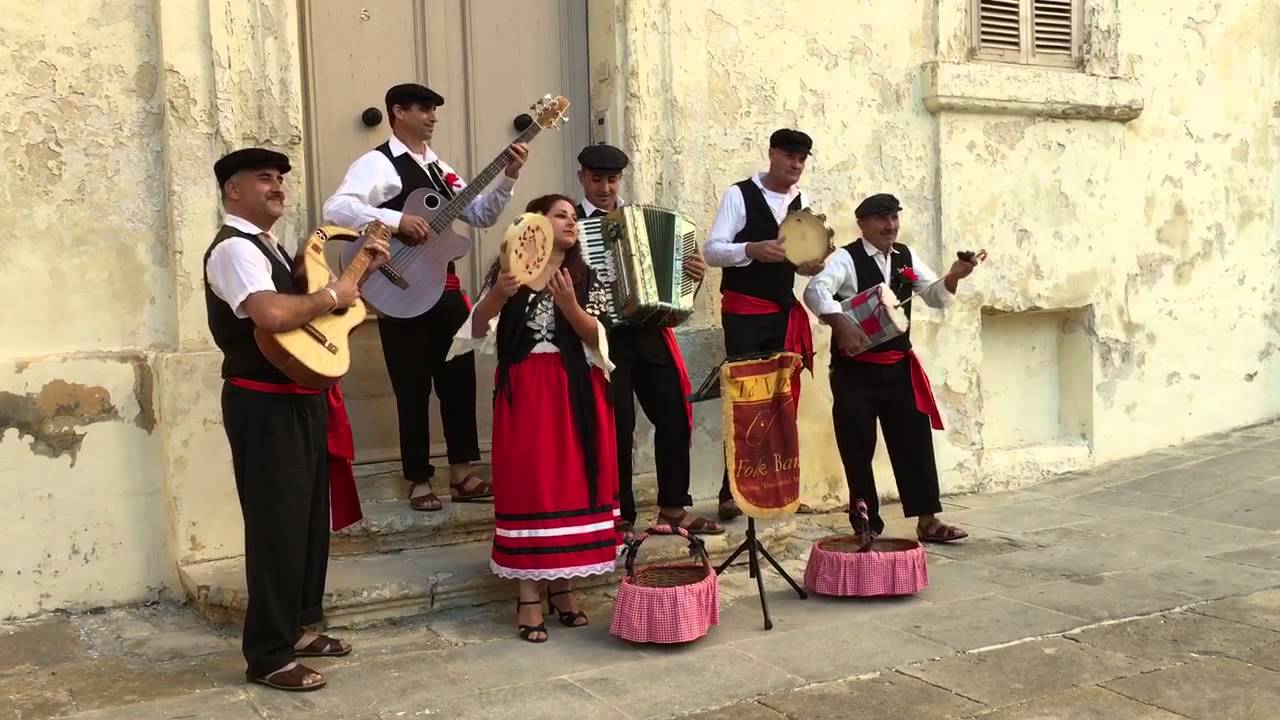Introduction to Maltese Folk Dance
Introduction to Maltese Folk DanceMaltese folk dance is a vibrant and captivating form of cultural expression that has been passed down through generations in the beautiful Mediterranean island of Malta. This unique dance style holds a significant place in Maltese heritage and continues to be celebrated and cherished by locals and visitors alike.The History and Origins of Maltese Folk Dance
To truly appreciate the beauty of Maltese folk dance, it is important to delve into its rich history and origins. The roots of this traditional dance form can be traced back to ancient times, influenced by various civilizations that have left their mark on the Maltese islands throughout the centuries.
Traditional Costumes and Attire in Maltese Folk Dance
One of the most visually striking aspects of Maltese folk dance is the traditional costumes and attire worn by the dancers. These costumes are a reflection of the island's cultural diversity and heritage, with each region of Malta having its own unique style and design. The vibrant colors, intricate embroidery, and flowing fabrics add a touch of elegance and grace to the performances.
Music and Instruments Used in Maltese Folk Dance
No folk dance is complete without its accompanying music, and Maltese folk dance is no exception. The rhythmic beats and melodies create the perfect ambiance for the dancers to showcase their skills and tell stories through their movements. Traditional Maltese instruments, such as the żaqq and the tambur, play a vital role in creating the authentic sound that accompanies the dance.
Popular Maltese Folk Dances and Their Steps
Malta boasts a rich repertoire of folk dances, each with its own unique steps and characteristics. The "Għana" is a lively and energetic dance that involves intricate footwork and synchronized movements. Another popular dance is the "Farruġa," which is known for its graceful and flowing motions. These dances not only entertain but also provide a glimpse into the cultural traditions and values of the Maltese people.
Cultural Significance and Importance of Maltese Folk Dance
Maltese folk dance holds immense cultural significance and plays a vital role in preserving and promoting the island's heritage. It serves as a way to pass on traditions from one generation to another, fostering a sense of identity and community among the Maltese people. Additionally, folk dance is often performed during religious and festive celebrations, further highlighting its importance in the cultural fabric of Malta.
Maltese Folk Dance Festivals and Events
Throughout the year, Malta hosts various folk dance festivals and events that showcase the beauty and diversity of this traditional art form. These gatherings bring together local and international dancers, providing a platform for cultural exchange and appreciation. From lively performances to workshops and competitions, these festivals are a true celebration of Maltese folk dance.
Learning and Participating in Maltese Folk Dance
For those interested in learning and experiencing the joy of Maltese folk dance, there are numerous opportunities available. Local dance schools and cultural organizations offer classes and workshops for all ages and skill levels. By actively participating in the dance, individuals can gain a deeper understanding of the Maltese culture and forge connections with fellow enthusiasts.
Preserving and Promoting Maltese Folk Dance in the Modern Era
In an ever-changing world, it is crucial to preserve and promote the cultural heritage of Maltese folk dance. Efforts are being made to document and archive the various dance styles, costumes, and music associated with this art form. Additionally, initiatives are being undertaken to introduce folk dance in educational institutions, ensuring its continuity and appreciation among future generations.
Conclusion: Celebrating the Rich Heritage of Maltese Folk Dance
In conclusion, Maltese folk dance is an integral part of Malta's rich cultural heritage. Its history, costumes, music, and significance all contribute to its allure and charm. By participating in and appreciating this traditional art form, we not only celebrate the past but also ensure that the beauty of Maltese folk dance continues to thrive in the present and future.

